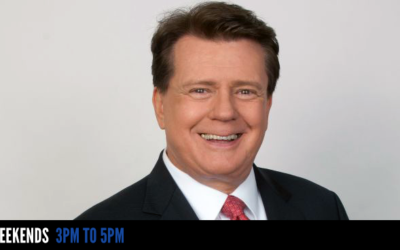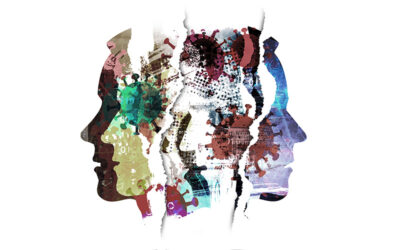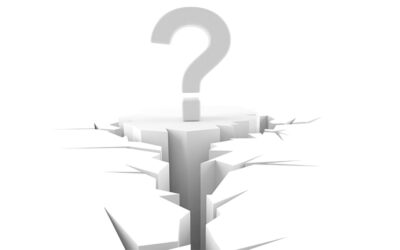Over the last several decades, we have seen the proliferation of many types of therapies, from Chiropractic to Acupuncture to Rolfing to Sports Medicine. Presumably, with this great expansion, we have had the opportunity to become healthier than we have ever been before. All we need to do is avail ourselves of these modalities and we will be well. So it would seem.
In our society, health care is a commodity, something bought and sold. Those with the most money get the best care. For the many without money and/or health insurance, high quality care remains elusive. We appear, therefore to be divided into the “healthy” and the “not as healthy”, a schism that is growing with the increased availability of services for the “healthy” only and the increasingly unaffordable and unavailable insurance options for everyone else. But while health care may be a commodity, health is not.
Health is a state of harmonious equilibrium of all the forces and elements that comprise and surround an individual, a dynamic process through which our bodies adapt to an ever changing internal and external environment. It is not simply the absence of disease. A truly holistic view of health demands examination of the individual, the environment, and the society. However, as a result of our cultural obsession with individualism, we have taken the concept of holism, one which acknowledges our relationship to the world around us, and distorted it, turning it inward, making the individual fully responsible for the creation of his or her universe. This thinking supports a narrow, self centered view of health and healing.
When we understand the real meaning of holism, it becomes apparent that this division of our society into the “healthy” and “not as healthy” is deeply problematic. True, those in the “healthy” class may have lower cholesterol and blood pressure values because they can afford sessions of acupuncture and biofeedback, but there are other indicators of health than cannot be treated with medicine or monitored with laboratory tests. For example, homelessness on our streets is a disease which reflects a deep imbalance in our society, a disturbance which reverberates, affecting each of us emotionally and physically. Even the wealthiest people, like those in Edgar Alan Poe’s “Mask of the Red Death”, who believed they could escape the plague by locking themselves in a castle and celebrating with a lavish ball, cannot hide from our modern plagues—poverty, homelessness, drug abuse, AIDS. These scourges touch us all. We cannot protect ourselves with daily aerobics classes.
An honest definition rejects the notion of absolute responsibility for our state of health. It does, however, include the idea that a healthy individual requires a healthy environment and must therefore take responsibility for creating or transforming that environment, both within and without. This might mean doing grass roots work to clean up a toxic waste dump, or working in a food collective, or contributing time to a neighborhood childcare center. It might mean cooking with whole foods, spending quality time at dinner with the family, or getting cardio exercise by walking up and down the hills near ones home. Both the results and the process contribute to our well being. For those struggling to find time to do the work because they are scrambling to provide food and shelter for their family, the knowing of what health really is might afford some small comfort. To understand that it is not his or her fault that they have no health insurance can help relieve some of the oppression of the new “holistic” thinking which blames the person for all of their problems.
The health of each individual is intimately tied to the health of the society. Therefore, a new definition of health must include an expanded list of indicators. Electrocardiograms, blood tests, and x-rays reveal important information about an individual, but literacy and infant mortality rates, levels of toxins in the drinking water, and the state of the ozone layer provide necessary context for those numbers, a picture of the external environment with which we interact constantly.
As the cells of our bodies are part of our human organism, so we, as individuals, are part of a global organism. And although it may appear that we can find a healthy cell in a body with cancer and a healthy person in a sick world, the cell and the person are, in fact, both parts of the same organism, deeply connected and therefore, themselves diseased, inseparable, one. The arbitrary division of people into the “healthy” and “not as healthy” is like the splitting of the “good” cell from the cancerous body. It is a false separation which inhibits understanding and effective treatment. Therapy must be multifaceted–radiation to kill the abnormal cells must be accompanied by corrections of diet, exercise, and psychological support, socially conscious activities undertaken to repair a poisonous world, one whose toxic residues provide fuel for the tumorous growth.
Our health is defined by the state of our bodies and the state of our world. It is about cholesterol levels and noise levels, about bodies moving as they were designed to move, about safe streets and playgrounds. We will begin to heal not when we have to set up five days of appointments with various therapists, but when we love our work, when we have comprehensive health care for all, when our food is grown without pesticides. We will move closer to well being when our children return to school after summer vacation and talk about the wonderful (affordable) camp they attended, when parents do not have to worry because they cannot pay for a private school for their children, since all public schools, from kindergarten to college, will be of high quality. We will begin to heal when we recognize that healing is an individual and a cooperative affair, an inside and an outside job, something worth striving for, together.
[email protected] www.rickyfishman.com












“Health is a state of harmonious equilibrium…” Well said Ricky! Americans used to build their toxic waste dumps in lower income ethnic communities, but now we’re willing to build them almost anywhere! We’ve also exported them to everywhere and we continue to use shallow oceans throughout the world as dumping grounds.
When I see photographs or videos of children living in and off garbage dumps, I wonder what that culture will produce as artifacts. Can a culture that produces toxic waste that will remain intact for tens of thousands of years create artifacts showing “a harmonious equilibrium?” Somehow I doubt it. As you said, no matter how healthy or creative we are, we remain attached to all the horrors inflicted onto our magnificent world.
Russ and I watched an interesting fictional flick last night, Kontroll, about ticket inspectors in Budapest’s subway. The cast was almost ghoulish and it wasn’t all make-up. Post Soviet + post industrial + job stress + job location + fast food + smoking + drinking made looking at the characters difficult. They had plenty of access to “professional health care” but their environment was so unhealthy that it negated effects of “health care.”
In the end, I agree with you that health is formed best in our thoughts, through love, conscious attention to the details of our lives and connection to friends, family, and community, and beauty created from a million small acts of generosity. Thanks for posting your thoughts.